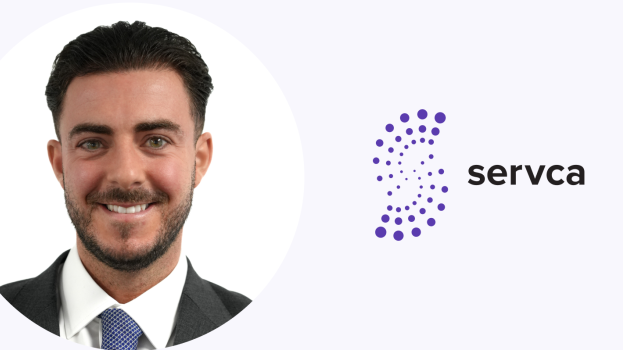A View from Me on '23: Dr. Edwin Rajadurai, Servca
2022 saw a 5-10% increase in healthcare renewals that didn't change exposure. What's in store for 2023? Recently our Managing Director Dr Edwin Rajadurai sat down with Emerging Risks Media to offer a "View From Me on 23".
January 9, 2023

Over the last couple of years, several factors have combined to push up the cost of claims in a number of classes of insurance business - including medical malpractice and healthcare liability - which has had a knock-on effect on capacity and premiums.
The impacts of COVID-19, Brexit and the situation in Ukraine continue to be felt across many sectors and now the cost of living crisis is biting which is having an impact on risk appetite and pricing.
The addition of inflation risk to the mix is of particular concern to insurers and brokers who manage long-tail liabilities such as healthcare where there can be long delays in claims notification and settlement. Unlike professional indemnity, for example, where we have a set financial loss for a risk, in healthcare it is very hard to calculate that initially and you need to go through a rigorous due diligence process to assess the many factors that come into play.
And it is not just economic inflation that is having an impact but also social inflation as well as excess claims inflation - all of which have contributed to medical malpractice lines, in particular, experiencing several years of underwriting losses. It's almost the perfect storm.
Interconnected challenges
In terms of rates, we have seen 5-10% increases this year on all healthcare renewals that don't change in their exposure or term. However, with what's happened over a period of years in a soft market - low premiums and high exposure risk - the repercussions are now catching up. As a result, there are two significant effects: firstly, insurers have changed their core appetite significantly meaning that there is less capacity available; and secondly, insurers are naturally going to put their prices up to protect themselves and add on even heavier excesses.
The macroeconomic environment - with rising interest rates, investment return impacts and inflationary pressures (medical inflation, for example, which is a key factor in long-tail loss costs increased by over 5% year-on-year in October) - has resulted in many underwriters being even more selective in the classes of business they write and taking a more conservative approach to coverage.
Differentiation and relevance are critical
Medical malpractice and healthcare as a class is a bit of an anomaly because rates should historically have been a lot higher. What insurers have realised is there is an opportunity to write business but in order to increase volumes - particularly in the early days (medical malpractice, for example, has only been an 'in fashion' insurance line for the last 15-20 years) - they needed to pool more risks to offset against any claims that came in. Therefore, while in the past they wrote business very cheaply over a period of years, what we are finding now is that capacity is changing.
Unlike PI, for example, Healthcare hasn't gone through a hard market and it needs to do so in order to re-stabilise what normal' is. Healthcare is a very technical class of business and we are increasingly seeing insurers working with a key selection of brokers who know the class well and can rate far more accurately given their knowledge and expertise about clients' individual needs. Differentiation and relevance are critical in this market.
Know your customers
I believe that 2023 is going to be another very challenging year. Over the last five to 10 years in particular, insurers have been happy to do full capacity limits - £10 million limits have not been a problem, whatever the types of business. Now, what we are finding is that many insurers are prepping their capacity lines to a maximum £5 million - sometimes even less than that - so the way we have to work around this is to do excess layers in order to meet the £10 million full capacity that our clients actually want and need.
This often means that more insurers come on a line - so we have to co-insure lines or cover excess layers with insureds having to pay much more for similar lines of business at renewal. With insurers being much more selective in their underwriting and risk selection, the reality is that many traditional policies are simply not meeting clients' needs - meaning that the insurer / broker partnership approach takes on extra importance in terms of thinking outside the box to achieve the optimum outcome for clients. At Servca, we have a very high percentage rate for renewals but we expect the market to be as tough, if not tougher, in 2023.
This article is shared with the kind permission of Emerging Risks.


